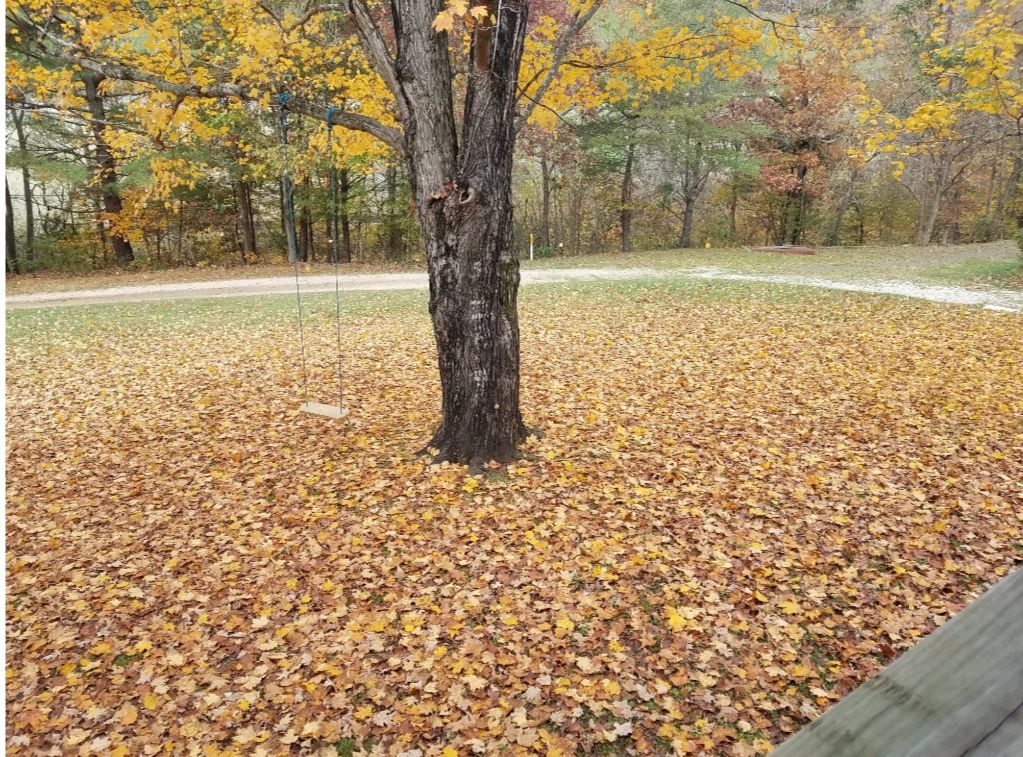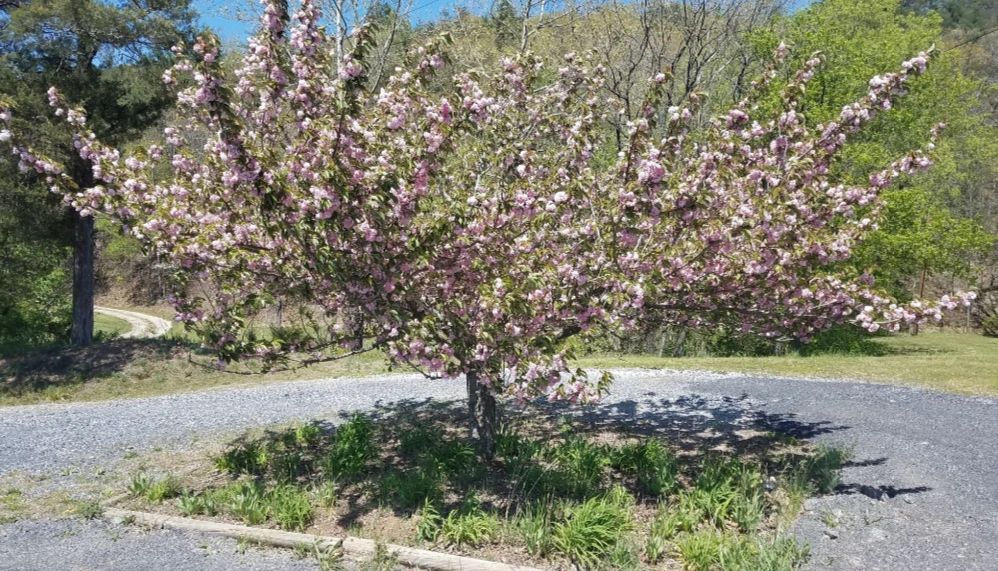By: Enid Bond, Guest Blogger
In our fast-paced, urbanized world, man-made spaces, noise, and pollution surround us. It’s easy to disregard the importance of connecting with nature, but research consistently shows that spending time in green spaces can positively impact our mental well-being. From reducing stress and anxiety to improving mood and cognitive function, the advantages of green spaces are plentiful. In this blog post, we’ll explore the science behind the benefits of green spaces for mental health.
What are green spaces? A green space is a natural area where trees, grass, and other greenery are present. These areas may act as a buffer from noise and traffic and may be used as recreational spaces or even wildlife sanctuaries. Green spaces may include parks, woodlands, and forests, to name a few. As psychologists come to recognize the value that green spaces provide to communities, they are now recommending that local and state developers include these types of areas in communities to help residents de-stress and to give an overall sense of calm to these areas that would otherwise just be concrete jungles.
It helps reduce greenhouse gases.
Incorporating green spaces, especially in highly urbanized areas, also aids the environment by reducing the carbon load of these communities. Not only do trees help to reduce the amount of carbon dioxide in the atmosphere, they also help to decrease the amount of energy used to cool buildings by providing shade when planted on the south, east, and west of buildings. Trees planted to the north of the building can potentially reduce heating costs by acting as a windbreak.
Green spaces in urban areas also help to reduce overall temperatures through evaporative cooling during the hottest periods of the year. They also provide shade and a habitat for wildlife. They also make a vast improvement in the quality of the air in those areas.

Stress Reduction
According to wri.org, “Urban trees provide many benefits beyond climate mitigation and adaptation, including improving residents’ health and well-being by decreasing high blood pressure, reducing stress and improving mood, boosting immune systems, reducing the risk of some psychological disorders, and supporting mental development in children.”
Stress is commonplace in our modern lives, but green spaces offer a natural remedy. Numerous studies have demonstrated that spending time in parks, gardens, or forests can reduce stress levels. The Japanese practice of “Shinrin-yoku”, or forest bathing, where individuals immerse themselves in the forest atmosphere, has been linked to lower cortisol levels, decreased blood pressure, and general feelings of relaxation [Li et al., 2018]. These calming effects of natural spaces are necessary in our increasingly stressful world.
Enhanced Mood

Green spaces boost your mood naturally. Exposure to greenery is associated with increased feelings of happiness and a decrease in symptoms of depression and anxiety. A study conducted by Bratman et al. in 2015 found that a 90-minute nature walk could decrease rumination, a thought pattern associated with depression, and increase cognitive performance.
Cognitive Restoration
Spending time in nature can also enhance cognitive function. Berman et al. found that a brief nature walk improved working memory performance and attention span [Berman, M. G., Jonides, J., &
Kaplan, S. (2008)]. Whether you’re a student preparing for exams or a professional dealing with a busy workload, green spaces can provide a mental refresh, allowing you to think more clearly and creatively.
Social interaction and community building
Green spaces are often hubs for social interaction and community engagement. These spaces allow people to connect, exercise, and relax together. The sense of community and belonging that frequently develops in green spaces can significantly contribute to one’s overall mental well-being. This social interaction can counter feelings of isolation and loneliness, which are risk factors for mental health issues [Maas, J., Verheij, R. A., de Vries, S., Spreeuwenberg, P., Schellevis, F. G., Groenewegen, P. P. (2009)].

Conclusion
The connection between green spaces and mental well-being is not merely anecdotal; it’s a well- documented scientific phenomenon. From reducing stress and anxiety to improving mood and cognitive function, spending time in nature offers numerous benefits for our mental health. So, the next time you’re feeling overwhelmed or stressed, consider going for a stroll in a nearby park, hiking in the woods, or simply relaxing in your garden. Your mind will thank you for the breath of fresh air.
Incorporating green spaces into our daily lives can be a valuable investment in our mental well- being, offering us a reprieve from the hustle and bustle of modern life and a pathway to a happier, healthier state of mind.

About the Author: Endi Bond is a proud homeschooling mom who recognizes the benefits of nature play and natural learning to help cement concepts that would be more difficult to grasp in a classroom. She strongly believes that it is our duty as humans to protect our environment to the best of our abilities.
References:
Berman, M. G., Jonides, J., & Kaplan, S. (2008). The cognitive benefits of interacting with nature Psychological Science, 19(12), 1207-1212.
Bratman, G. N., Hamilton, J. P., & Daily, G. C. (2015). The impacts of nature’s experience on human cognitive function and mental health. Annals of the New York Academy of Sciences, 1249(1), 118- 136.
Alexander, S., Gibbs, D., Harris, N., Pool, J.R. (2022). 5 reasons cities should include trees in climate action.
Li, Q., Otsuka, T., Kobayashi, M., Wakayama, Y., Inagaki, H., Katsumata, M., … & Kagawa, T. (2018). Acute effects of walking in forest environments on cardiovascular and metabolic parameters. European journal of applied physiology, 118(11), 2519-2530.
Maas, J., Verheij, R. A., de Vries, S., Spreeuwenberg, P., Schellevis, F. G., Groenewegen, P. P. (2009). Morbidity is related to a green living environment. Journal of Epidemiology and Community Health, 63(12), 967-973.
